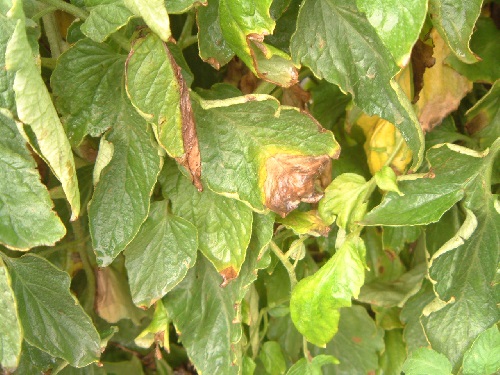Reducing Emissions In Almonds
Greenhouse gas emissions will likely form the basis of significant new air quality regulations in the next few years, affecting every industry. Agriculture will be no exception.
In June, the California Air Resources Board released a sweeping plan aimed at reducing greenhouse gas emissions by more than 20% in the next decade. The new plan would help the state comply with Assembly Bill 32, a landmark piece of legislation passed in 2006, which obligates the state to reduce greenhouse gases to pre-1990 levels by the year 2020. Experts say a national policy is likely to follow soon.
While transportation and electricity generation account for the vast majority of greenhouse gases, production agriculture is the sixth-largest contributor to greenhouse gas emissions in California, largely as emissions of carbon dioxide (CO2), nitrous oxide (N2O), and methane (CH4).
Nitrous oxide is 300 times more potent a greenhouse gas than CO2 and a major source of greenhouse gas emissions by production agriculture. Much of that comes from nitrogen fertilizer. About 1% to 3% of applied nitrogen is converted in soil to nitrous oxide and released into the atmosphere.
Thus, the majority of new greenhouse gas regulations affecting production agriculture will revolve around energy and fertilizer use — in the form of cleaner burning tractors, energy use efficiencies, and fertilizer applications.
In addition, retailers are devising “carbon footprint” measures to allow consumers to buy “greener” products. Some consumers are also starting to look at “food miles” of the products they eat, on the assumption that the greater distance the food has traveled, the more greenhouse gases are emitted. The fact is, however, that various means of transport have widely differing CO2 emissions.
One Step Ahead
At the same time, agriculture may have a positive role to play in greenhouse gas sequestration. Carbon sequestration is essentially taking CO2 out of the air and putting it somewhere where it does not impact air quality. Perennial crops, such as almonds, utilize CO2 during photosynthesis and convert it into carbohydrates for root and tree growth. Practices such as chipping prunings may also sequester by increasing carbon stored in soil organic matter.
One of the components proposed under California’s new global warming plan is a carbon emissions cap and trade system. While questions remain about how such a system would be evaluated and regulated, a cap and trade system would give businesses credit for voluntarily reduced greenhouse gas emissions.
In the case of almonds, growers may be able, for instance, to earn carbon credits for cultural practices such as chipping or for reducing nitrogen or energy use. But first, data is needed on the reductions in emissions before credit can be given.
The Almond Board of California is funding research to better understand the contributions to greenhouse gases from almond production. To date, there is no data on greenhouse gases in perennial cropping systems.
At the University of California (UC)-Davis, David Smart is developing baseline information on greenhouse gas exchange from almond orchard soils. Fellow UC-Davis researchers Ted DeJong and Johan Six are collaborating on a growth model for almonds trees that will help quantify data on carbon sequestration in the trees.
While many questions remain about exactly how greenhouse gases will be regulated, these new rules will require an integrated approach by the almond industry that looks at the entire vertical operation from the almond orchard, to the huller/sheller, and throughout the distribution channel.
Dave Phippen of Travaille and Phippen Inc., a vertical growing, packing, and processing almond operation in Manteca, CA, said all sectors of the almond industry will need to communicate on how best to manage new greenhouse gas regulations as they develop. “If we are going to comply with these regulations we are going to have to talk to the growers. We will need to figure out how to incentivize him and make him interested without losing him as a grower to somebody else,” Phippen said. “I don’t know yet what all of the implications are going to be, but we will have to be communicating within the industry.”









